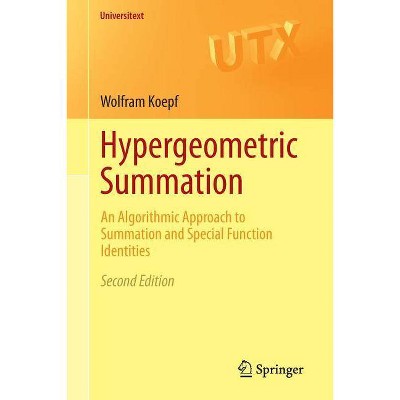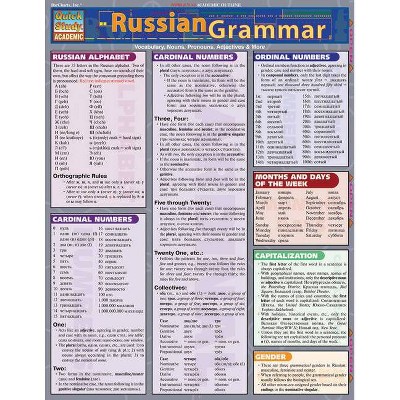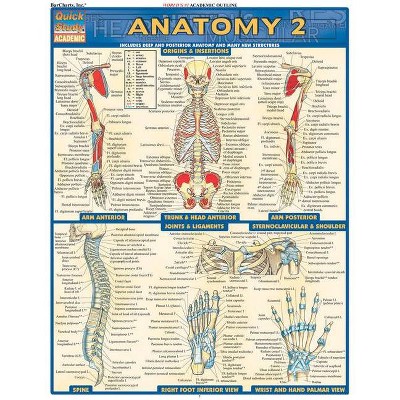An Introduction to Manifolds - (Universitext) 2nd Edition by Loring W Tu (Paperback)

Similar Products
Products of same category from the store
AllProduct info
<p/><br></br><p><b> About the Book </b></p></br></br><i>An Introduction to Manifolds</i> presents the theory of manifolds with the aim of helping the reader achieve a rapid mastery of the essential topics. By the end of the book, the reader will have the ability to compute one of the most basic topological invariants of a manifold, its de Rham cohomology.<p/><br></br><p><b> Book Synopsis </b></p></br></br>Manifolds, the higher-dimensional analogs of smooth curves and surfaces, are fundamental objects in modern mathematics. Combining aspects of algebra, topology, and analysis, manifolds have also been applied to classical mechanics, general relativity, and quantum field theory. In this streamlined introduction to the subject, the theory of manifolds is presented with the aim of helping the reader achieve a rapid mastery of the essential topics. By the end of the book the reader should be able to compute, at least for simple spaces, one of the most basic topological invariants of a manifold, its de Rham cohomology. Along the way, the reader acquires the knowledge and skills necessary for further study of geometry and topology. The requisite point-set topology is included in an appendix of twenty pages; other appendices review facts from real analysis and linear algebra. Hints and solutions are provided to many of the exercises and problems. This work may be used as the text for a one-semester graduate or advanced undergraduate course, as well as by students engaged in self-study. Requiring only minimal undergraduate prerequisites, 'Introduction to Manifolds' is also an excellent foundation for Springer's GTM 82, 'Differential Forms in Algebraic Topology'.<p/><br></br><p><b> From the Back Cover </b></p></br></br>Manifolds, the higher-dimensional analogues of smooth curves and surfaces, are fundamental objects in modern mathematics. Combining aspects of algebra, topology, and analysis, manifolds have also been applied to classical mechanics, general relativity, and quantum field theory. In this streamlined introduction to the subject, the theory of manifolds is presented with the aim of helping the reader achieve a rapid mastery of the essential topics. By the end of the book the reader should be able to compute, at least for simple spaces, one of the most basic topological invariants of a manifold, its de Rham cohomology. Along the way the reader acquires the knowledge and skills necessary for further study of geometry and topology. The second edition contains fifty pages of new material. Many passages have been rewritten, proofs simplified, and new examples and exercises added. This work may be used as a textbook for a one-semester graduate or advanced undergraduate course, as well as by students engaged in self-study. The requisite point-set topology is included in an appendix of twenty-five pages; other appendices review facts from real analysis and linear algebra. Hints and solutions are provided to many of the exercises and problems. Requiring only minimal undergraduate prerequisites, "An Introduction to Manifolds" is also an excellent foundation for the author's publication with Raoul Bott, "Differential Forms in Algebraic Topology."<p/><br></br><p><b> Review Quotes </b></p></br></br><br><p>From the reviews of the second edition: </p><p>"This book could be called a prequel to the book 'Differential forms in algebraic topology' by R. Bott and the author. Assuming only basic background in analysis and algebra, the book offers a rather gentle introduction to smooth manifolds and differential forms offering the necessary background to understand and compute deRham cohomology. ... The text also contains many exercises ... for the ambitious reader." (A. Cap, Monatshefte für Mathematik, Vol. 161 (3), October, 2010)</p><br><p/><br></br><p><b> About the Author </b></p></br></br>Loring W. Tu was born in Taipei, Taiwan, and grew up in Taiwan, Canada, and the United States. He attended McGill University and Princeton University as an undergraduate, and obtained his Ph.D. from Harvard University under the supervision of Phillip A. Griffiths. He has taught at the University of Michigan, Ann Arbor, and at Johns Hopkins University, and is currently Professor of Mathematics at Tufts University in Massachusetts. An algebraic geometer by training, he has done research at the interface of algebraic geometry, topology, and differential geometry, including Hodge theory, degeneracy loci, moduli spaces of vector bundles, and equivariant cohomology. He is the coauthor with Raoul Bott of "Differential Forms in Algebraic Topology
Price History
Price Archive shows prices from various stores, lets you see history and find the cheapest. There is no actual sale on the website. For all support, inquiry and suggestion messagescommunication@pricearchive.us




















